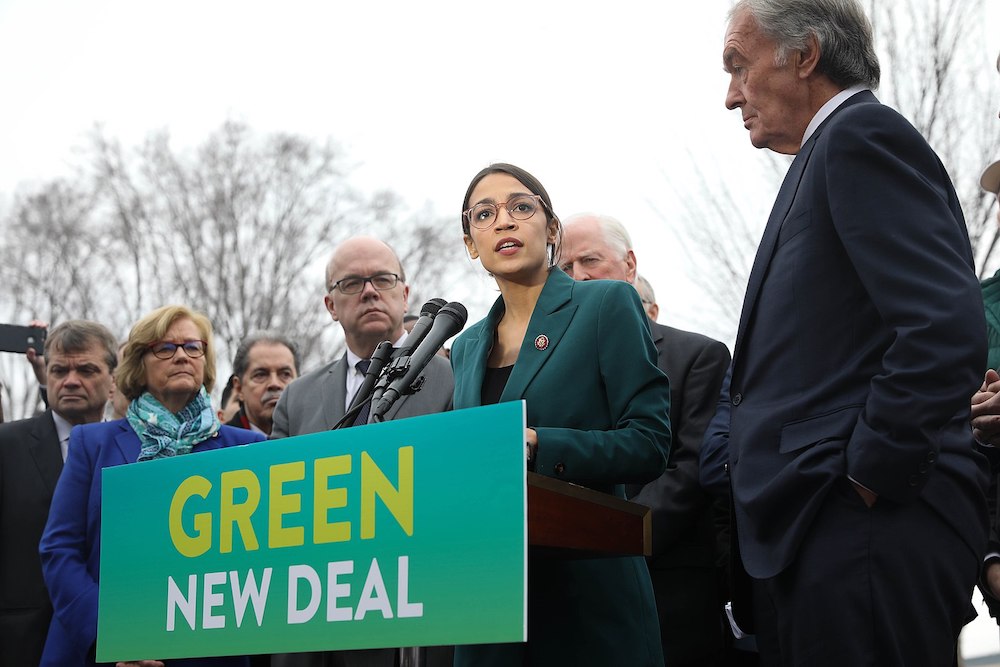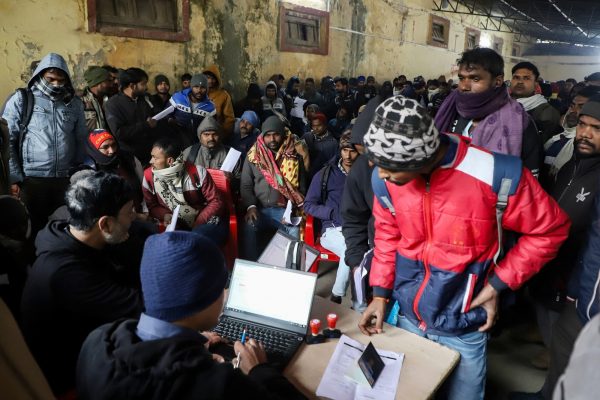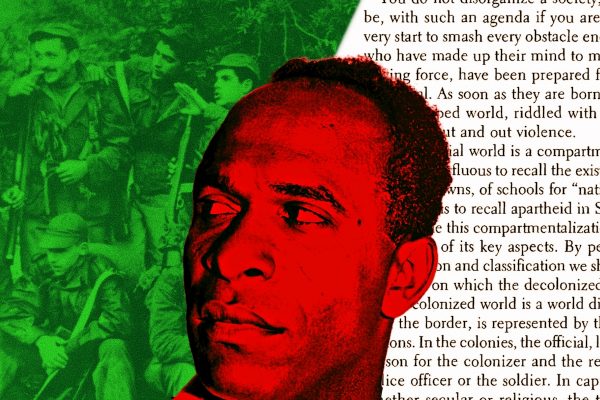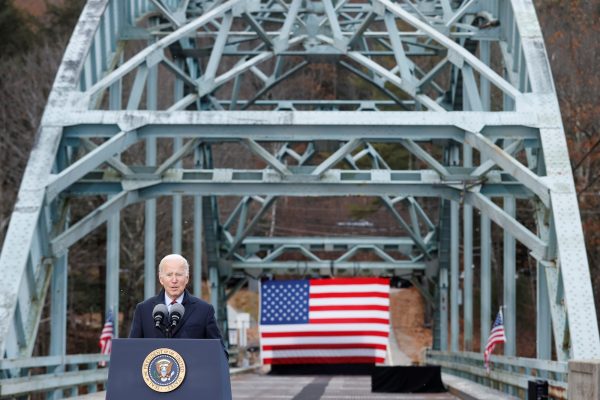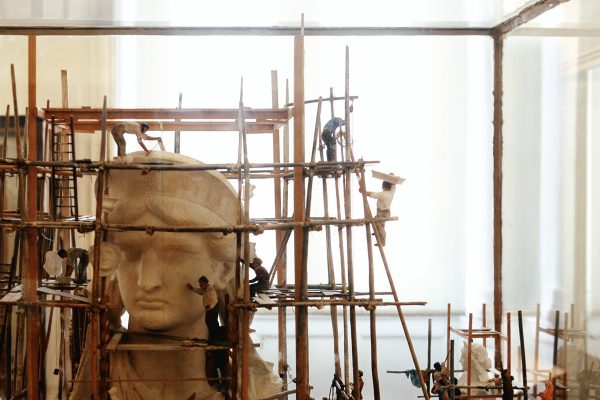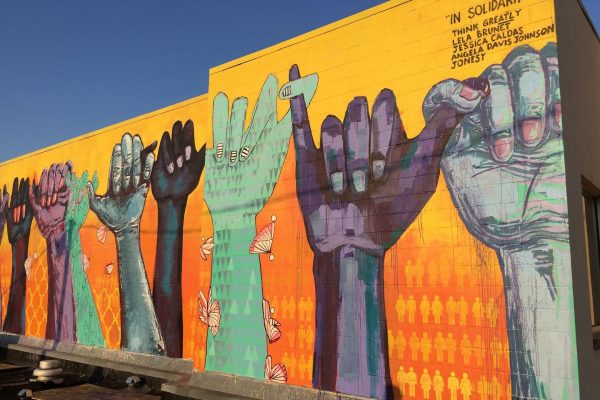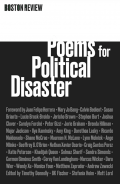Charles Sabel and David G. Victor are spot on about the Green New Deal. I can attest to this as someone who helped draft the Green New Deal Resolution, coauthored the accompanying white paper, and developed the Green New Deal finance plan that was commissioned by Representative Alexandria Ocasio-Cortez and which has just been published as a book. What Sabel and Victor say is precisely what we’ve had in mind all along.
Since it went public early last year, the Green New Deal Resolution has drawn nonstop excitement. And with over 120 U.S. representatives and senators—as well as nearly all of last year’s Democratic presidential contenders—signed on, its future looks quite bright. Indeed it looks brighter when you note how much Joe Biden’s Build Back Better plan resembles a rebranded Green New Deal.
Accompanying all the excitement of the past eighteen months have been many queries, most of which boil down to a question of how the authors of the Green New Deal Resolution—which is an aspirational, hopeful document—imagine, practically speaking, that its implementation might look. The definitive reply to that is easy: It’s literally up to us. The Green New Deal Resolution is simply the opening gavel of an extended national deliberation and responsive mobilization—a process meant to include all of us, right now.
Two facts about the original New Deal, from which the Green New Deal takes its name, are helpful to remember.
First, the New Deal was never a done deal, much less a deal that was done on day one. Rather than a single enactment passed into law early on in a single administration, the New Deal was an organic process—an ongoing project of national recovery and renewal. It unfolded over the course of a decade, and took shape through scores of statutes passed by Congress and signed into law by the president after careful study and long public hearings.
Second, the New Deal had projects in every precinct of the country. All Americans were to benefit, irrespective of political affiliation, vocation, or location. This wasn’t only smart politics. It was democracy. It was about using the citizenry’s commonly owned and operated instrumentality—our federal government—for the benefit of all of the citizenry.
This is not to say that the New Deal at all times worked equally well for all Americans. There were flaws in the implementation, owing not only to the spirit of experimentation adopted by the New Dealers, but also to the racism and sexism of the 1930s and ’40s. But the point is that the New Deal was meant to be truly national, not simply local or sectional.
Following the New Deal example, this means, first, that the Green New Deal is meant to develop organically over the course of a decade—a decade in which all Americans will be proposing, critiquing, and counter-proposing, all in a spirit of joint deliberation about how best to rescue our planet and rejuvenate our economy and society in the process.
Second, it means that we intend, without cavil or qualification, and without shame or embarrassment, for the Green New Deal to benefit all Americans. And since Democrats now are less racist and sexist than their Blue Dog predecessors, “all” here means all genders and ethnicities far more than it did in the 1930s and ’40s.
How are we acting on this vision? To address this, let me tell you about the Green New Deal Wish List Project, which we’ve had underway since the summer of 2019.
A challenge confronting newly inaugurated President Barack Obama in 2009 was a lack of shovel-ready projects. This lack meant that even with nearly $1 trillion appropriated for stimulus spending during his first months, Obama had little to spend it on.
We’re not letting that happen this time. Working with the same groups that got “the Squad” elected and to which most of us Green New Dealers belong—the Sunrise Movement, Justice Democrats, Democratic Socialists of America, and the like—we are holding town meetings in every town, city, borough, and precinct in the nation. We open each of these the same way: “Imagine,” we propose, “that you were told you’d be receiving millions of dollars to spend on whatever projects you think most urgent in making and keeping your town and our planet inhabitable. What would you spend it on? Let’s make a list!”
We are assembling these wish lists into binders, county by county and state by state, to deposit with President Biden the day he’s sworn in: shovel-ready projects for a bottom-up Green New Deal—its opening move, at any rate.
Of course projects will have to be collated and coordinated; of course the National GND Binder will be a structured synthesis, not a mere heap or aggregation. But all of the substance will nevertheless proceed from countless repeated local town-hall style deliberations.
When she began her orientation as NY-14’s new representative in January 2019, Ocasio-Cortez delighted her constituents and many more Americans by posting videos of each day’s events on social media. What charmed so many about this was how it included all those who had voted for and otherwise supported the congresswoman in the experience of assuming her responsibilities as their representative. They were there with her, just as assuredly as they’d put her there.
This was participation in government—this was democracy—of a kind not unlike when Franklin D. Roosevelt, another avid user of new media, entered “America’s living rooms” regularly in his “fireside chats” in the 1930s.
This is precisely how those of us working on the Green New Deal want it to proceed. We want it to develop organically over a decade just as the first New Deal did. We want it to do so with the benefit of all Americans’ wisdom and ideas. And we want it to work for the benefit of all of them too. Only in this way will we get our Green New Deal right. Only in this way will it be democratic. And only in this way will it be truly new.
